Gem Profile- Citrine and Ametrine
At the end of my macrocrystalline quartz article featuring amethyst, I mentioned that when transparent amethyst is heated its purple through gray hues will become shades of yellow, gold, and brown. The resulting product is better known as citrine. Natural citrine obtains its bright sunny color from iron oxide and usually shows uneven color zones, can be translucent to milky, and is extremely rare; therefore almost all of the citrine on the market is actually heat-treated amethyst or smoky quartz (the subject of next week's gem profile). It doesn't matter if a yellow quartz stone is natural or if it has been heat-treated, it is still legally named "citrine."
Originally a chunk of amethyst stalactite, this specimen has been heat-treated to produce a lovely citrine, and resides in Dale's studio.

Judy Copeland wrapped this raw citrine in a harness frame, along with polished citrine heart-framed earrings and ring in gold colored round wire.

About Citrine
The name citrine comes from both the French word "citron," meaning citrus, and was most often associated with lemons and the Latin word "citrina," meaning yellow. Extremely abundant and therefore affordable, citrine carries many labels that mimic its color. Some of these, produced by heating amethyst, are: lemon yellow, canary yellow, honey, yellow-orange, and yellow-brown. If a citrine is labeled lime or yellow-gold, it is more than likely heat-treated smoky quartz (more on that next week).
Two wire wrap rings by Elaine Pataky, oneusing an amethyst crystal and sterling silve wire, and the other a citrine crystal and 14/20 gold fill wire.
The name citrine comes from both the French word "citron," meaning citrus, and was most often associated with lemons and the Latin word "citrina," meaning yellow. Extremely abundant and therefore affordable, citrine carries many labels that mimic its color. Some of these, produced by heating amethyst, are: lemon yellow, canary yellow, honey, yellow-orange, and yellow-brown. If a citrine is labeled lime or yellow-gold, it is more than likely heat-treated smoky quartz (more on that next week).
Two wire wrap rings by Elaine Pataky, oneusing an amethyst crystal and sterling silve wire, and the other a citrine crystal and 14/20 gold fill wire.

I actually own a few pieces of what was sold to me as "top" citrine about 17 years ago, where the deep orange color at the bottom of the stone's pavilion flashes through the facets, giving the stone an almost glowing effect. Of course with all of the new marketing venues today, different colors of citrine have been given new, more attractive names like whiskey, cognac, champagne, and "butterscotch." (I do have to mention here, that I had never heard of butterscotch quartz before and my research found controversial notes as to whether or not this is a natural or a treated type of silica; my guess is, treated!)
A variety of faceted citrine, from left to right: 3 "top" citrine, 4 cognac, one natural citrine, 3 lemon and 1 sherry. With the exception of the little stone in the center, all have been cut from heat-treated material.
A variety of faceted citrine, from left to right: 3 "top" citrine, 4 cognac, one natural citrine, 3 lemon and 1 sherry. With the exception of the little stone in the center, all have been cut from heat-treated material.

Natural citrine deposits mainly of a pale yellow color are occasionally found in Brazil, Spain, Russia, France, Madagascar, Scotland, and Colorado, US. Heat-treated "amethyst" citrine can come from all over the world, as the least attractive and less vibrant purples of amethyst are chosen to turn into the more desirable citrine lapidary material, while deeper colors of amethyst are heated to create deep orange and sherry colored stones. Warning: no matter what the color, citrine will fade in bright sunlight!
A 24-inch strand of huge, chunky, milky citrine beads. (I am still wondering why I bought these!)
A 24-inch strand of huge, chunky, milky citrine beads. (I am still wondering why I bought these!)

Citrine can be used as the modern birthstone for those born in November. I believe this decision may have come from two sources. In the past, citrine was marketed as "gold topaz," causing citrine to be named "Brazilian Topaz" for a while and topaz is the traditional November birthstone; and one of the stones described in the Bible as having been used in Aaron's Breastplate, from which most birthstones evolved, could have been citrine. So, topaz or citrine? The easiest way to tell citrine/quartz from topaz is to gently feel each stone. Topaz will feel a bit soft and almost soapy or silky, whereas quartz will feel hard and smooth like glass.
Heat-treated citrine can be found as very affordable, large cut stones!
Heat-treated citrine can be found as very affordable, large cut stones!

Citrine is the anniversary stone for the 11th year of marriage. Legends tell of early Greek and Roman people associating citrine with the planet Mercury and it was believed to protect one from the venom of both a snakebite and evil thoughts and words, carrying "the power of the sun." Personally, I always have a large citrine crystal in my money bag, as citrine is known as the "merchant's stone," said to attract money and success (every little bit helps!).
Part of Dale's personal collection of designer-cut citrine beads along with part of a wired design that is "in the process."
Part of Dale's personal collection of designer-cut citrine beads along with part of a wired design that is "in the process."

What is Ametrine?
OK, so now I have a question for you dear reader: what happens when Mother Nature creates a truly beautiful and rare stone that is highly desirable? Answer: man finds a way to duplicate or replicate it! Such is the sad truth about the lovely, bicolor quartz that we know as ametrine. Mainly found in one location on earth, eastern Bolivia, half of this stone is violet and half is yellow-orange. Ametrine's commercial name comes from a combination of amethyst and citrine. Ametrine is also known as Bolivianite.
Connie Drake wire wrapped this ametrine gem into a Pharaoh's Ring design with gold wire.
OK, so now I have a question for you dear reader: what happens when Mother Nature creates a truly beautiful and rare stone that is highly desirable? Answer: man finds a way to duplicate or replicate it! Such is the sad truth about the lovely, bicolor quartz that we know as ametrine. Mainly found in one location on earth, eastern Bolivia, half of this stone is violet and half is yellow-orange. Ametrine's commercial name comes from a combination of amethyst and citrine. Ametrine is also known as Bolivianite.
Connie Drake wire wrapped this ametrine gem into a Pharaoh's Ring design with gold wire.

Although ametrine was known about by natives of the area for thousands of years, it wasn't "discovered" by modern man until a few hundred years ago. The legend of the Anahi mine tells of a Spanish conquistador who received a dowry that consisted of a grotto covered in ametrine crystals, when he was to marry Princess Anahi. At the time, Europeans were focused on finding gold and silver in the "new world," so the beautiful crystals didn't mean anything special to him. When it came time for him to return to Spain, his new bride planned to accompany him. However, her tribe wouldn't hear of their princess leaving, and plotted to kill the Spaniard. Princess Anahi learned of the plan and warned her beloved, presenting him with the ametrine crystal she wore around her neck as an amulet. It is said that the princess than went to visit their special grotto once more before leaving her country with her husband, but then she mysteriously disappeared. When the Spaniard heard what happened, he and his crew fled for their lives, only later realizing what the bicolor crystal she had given him symbolized: her love of her country and of him.
100% natural Bolivian ametrine stones, some carved and some faceted that Dale bought when she worked with a gemstone vendor back in the early 1990s. Notice how they do not have a definite line separating the violet from the yellow.
100% natural Bolivian ametrine stones, some carved and some faceted that Dale bought when she worked with a gemstone vendor back in the early 1990s. Notice how they do not have a definite line separating the violet from the yellow.

Ametrine is relatively new to today's gem world, as it didn't make its official appearance to the lapidary world until 1979 at the Tucson gem shows. Naturally-occurring ametrine is truly a work of art that lapidaries enjoy cutting and carving it into a variety of items to be used in the jewelry making world. Because it is only found in one small country, the best quality natural ametrine, that with a perfect distribution and definition of both colors, soon became more difficult to find. Scientist Dr. Kurt Nassau developed the heat treat method that is used today to produce ametrine stones with "perfect" color balance. While heating amethyst to turn part of it to citrine, occasionally a raspberry color results; if this color is rather pale, it can be called champagne quartz.
Two samples of what could be called champagne quartz.
Two samples of what could be called champagne quartz.

Resources
Print Resources:
Love is in the Earth by Melody, ISBN 0-9628190-3-4
Gems and Minerals of the Bible by Ruth V. Wright and Robert Chadbourne, Harper & Row, 1954
Minerals of the World by Walter Schumann, ISBN 0-8069-8570-4
Simon & Schuster's Guide to Gems and Precious Stones by Curzio Cipriani and Alessandro Borelli, ISBN 0-671-60430-9
Internet Resources:
www.wikipedia.org
Print Resources:
Love is in the Earth by Melody, ISBN 0-9628190-3-4
Gems and Minerals of the Bible by Ruth V. Wright and Robert Chadbourne, Harper & Row, 1954
Minerals of the World by Walter Schumann, ISBN 0-8069-8570-4
Simon & Schuster's Guide to Gems and Precious Stones by Curzio Cipriani and Alessandro Borelli, ISBN 0-671-60430-9
Internet Resources:
www.wikipedia.org
Materials

Wire

Citrine Cubic Zirconia
Tools

WireJewelry - Ultimate Wire-Pliers Jewelry Pliers with Case, Set of 5
G15-20
- G15-20
- Lesson Quantity: 1.00 pieces
- Purchase Quantity: 1.00 each
- Price: $170.72
- Gold Club Price: $128.04

Bench Tools
- Category: General Education
- Technique(s): General Education
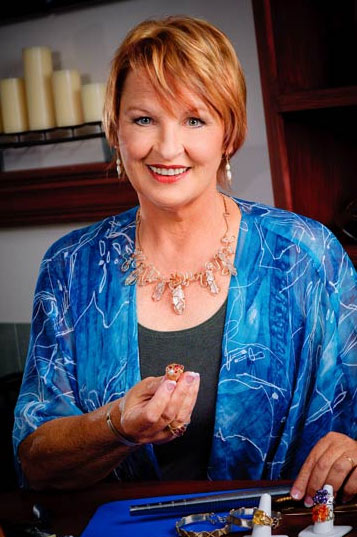







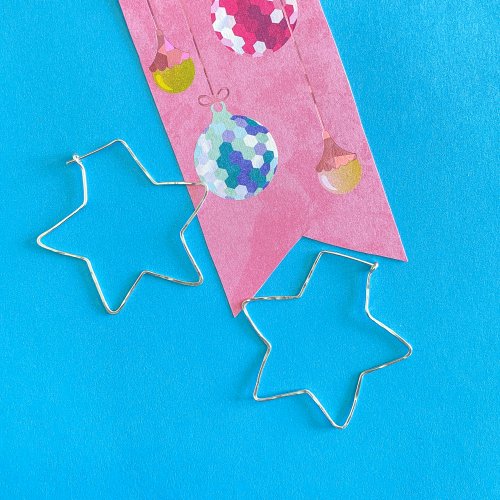
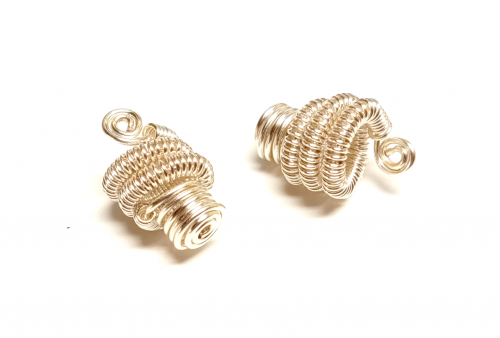
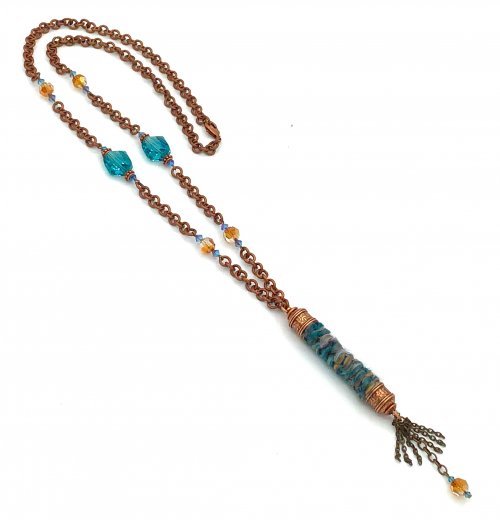

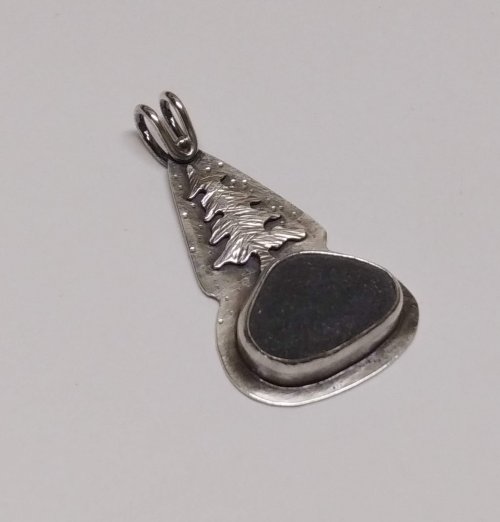
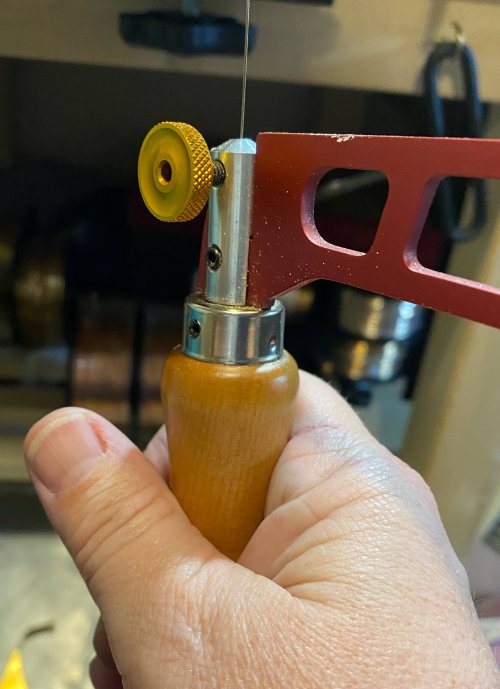
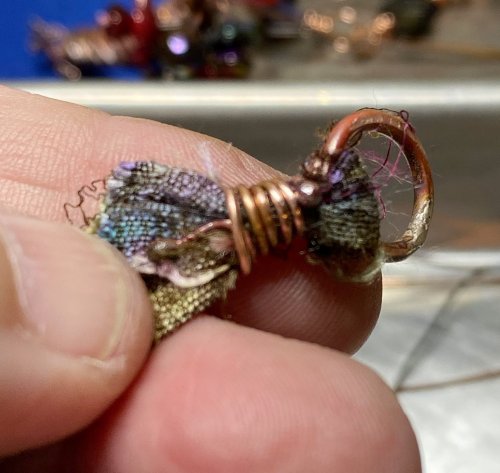
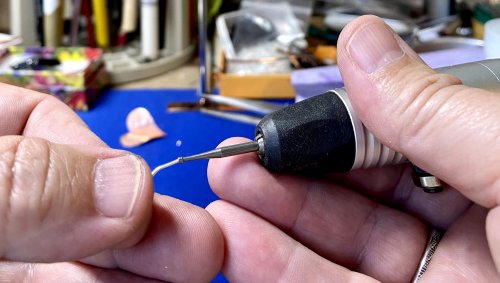
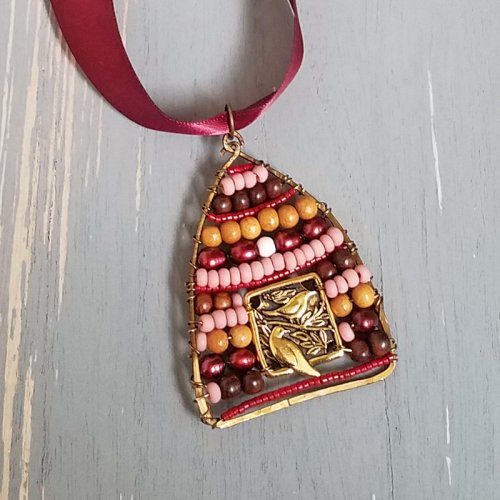
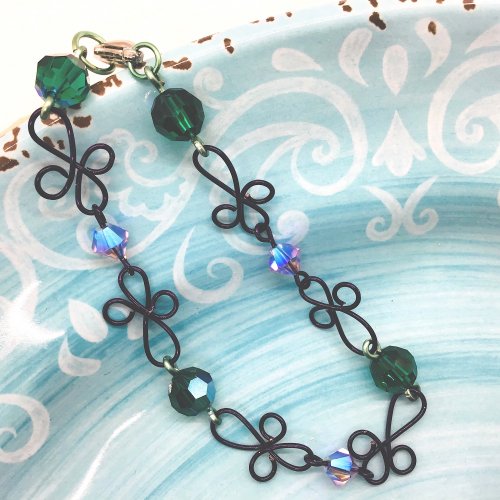



 Getting Twisted - Jewelry Making Tools
Getting Twisted - Jewelry Making Tools
 How to Price Your Wire Jewelry
How to Price Your Wire Jewelry
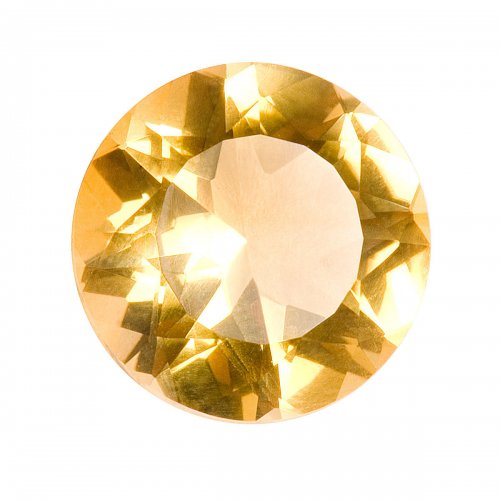 How to Measure Gemstones for Settings
How to Measure Gemstones for Settings
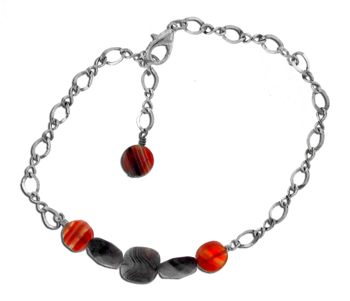 Cool Anklets are HOT
Cool Anklets are HOT
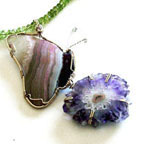 Inspiration Comes from Everywhere and Every Thing
Inspiration Comes from Everywhere and Every Thing
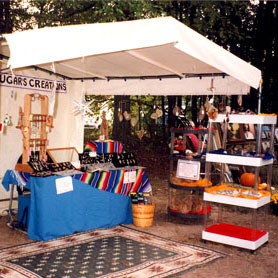 Wire Jewelry Display and Booth Ideas
Wire Jewelry Display and Booth Ideas
 Where to Sell Your Wire Jewelry
Where to Sell Your Wire Jewelry
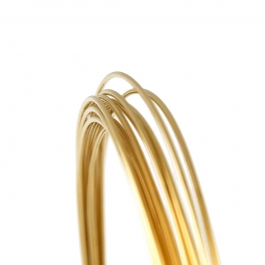 How to Choose Wire Temper for Making Jewelry
How to Choose Wire Temper for Making Jewelry
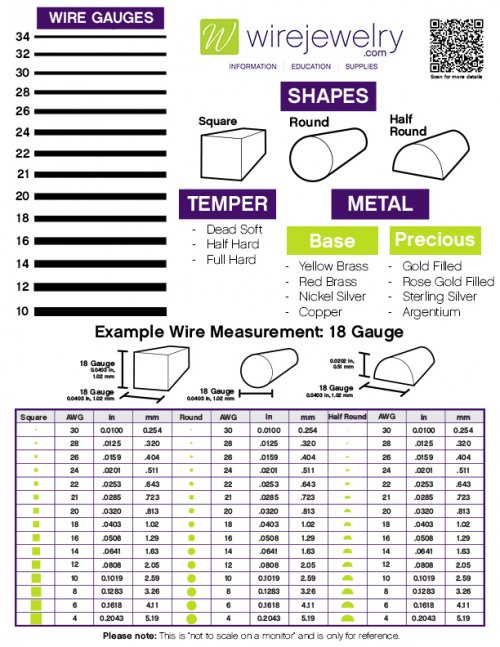 What Gauge of Wire Should I Use to Make Jewelry
What Gauge of Wire Should I Use to Make Jewelry
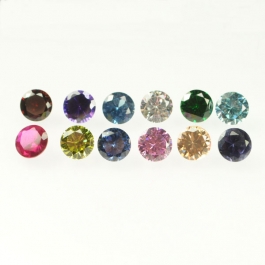 What's a Cubic Zirconia Stone
What's a Cubic Zirconia Stone
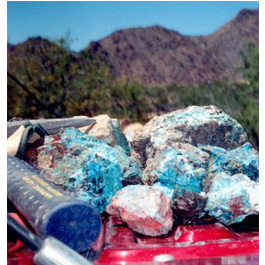 Rockhounding - A Beginner's Guide
Rockhounding - A Beginner's Guide
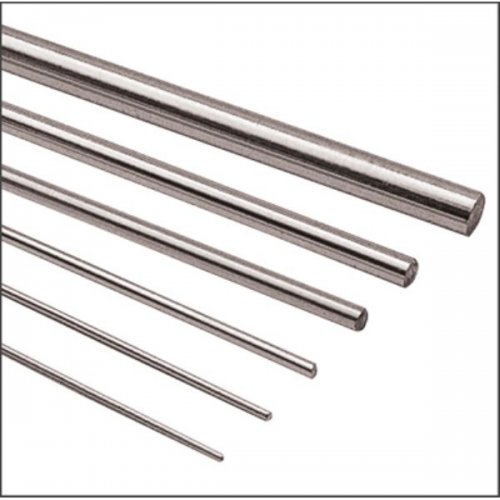 What Shape of Wire Should I Use to Make Jewelry
What Shape of Wire Should I Use to Make Jewelry
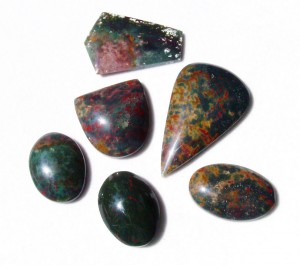 Gem Profile- Bloodstone
Gem Profile- Bloodstone
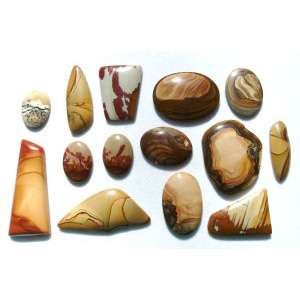 Gem Profile- Picture Jasper
Gem Profile- Picture Jasper
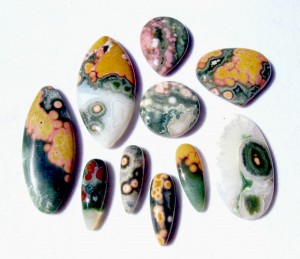 Gem Profile- Patterned Jaspers
Gem Profile- Patterned Jaspers
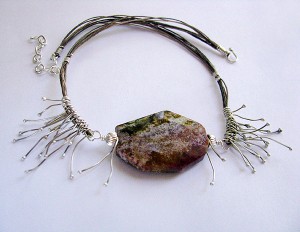 Gem Profile- What is Jasper
Gem Profile- What is Jasper
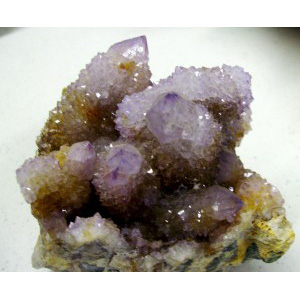 Gem Profile- Quartz Introduction
Gem Profile- Quartz Introduction
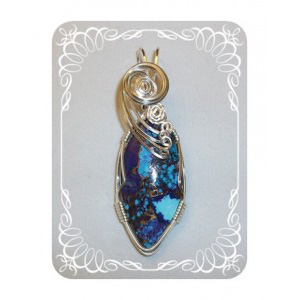 Gem Profile- Wishful Turquoise
Gem Profile- Wishful Turquoise
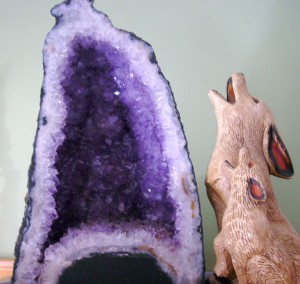 Gem Profile- Amethyst
Gem Profile- Amethyst
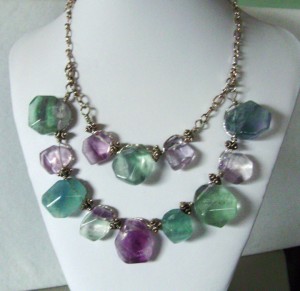 Gem Profile- Fluorite
Gem Profile- Fluorite
 Gem Profile- Obsidian
Gem Profile- Obsidian
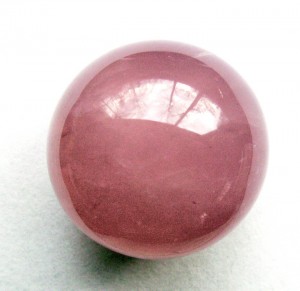 Gem Profile- Rose Quartz
Gem Profile- Rose Quartz
 Gem Profile- Smoky Quartz
Gem Profile- Smoky Quartz
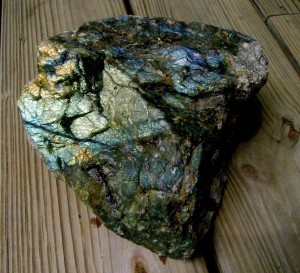 Gem Profile- Labradorite
Gem Profile- Labradorite
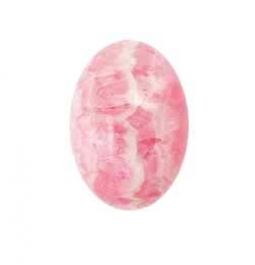 Gem Profile- Rhodochrosite
Gem Profile- Rhodochrosite
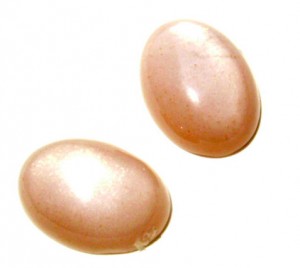 Gem Profile- Moonstone
Gem Profile- Moonstone
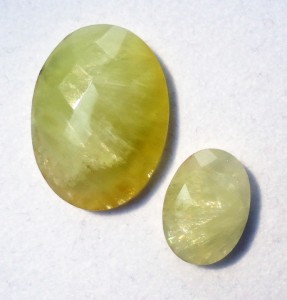 Gem Profile- Prehnite
Gem Profile- Prehnite
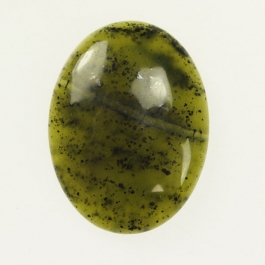 Gem Profile- Jade
Gem Profile- Jade
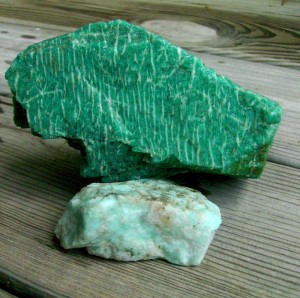 Gem Profile- Amazonite
Gem Profile- Amazonite
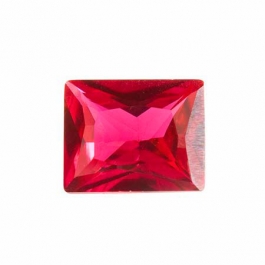 Gem Profile- Corundum
Gem Profile- Corundum
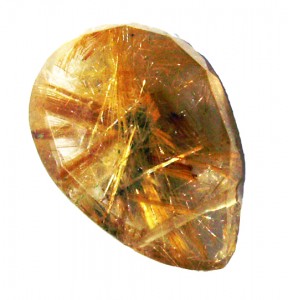 Gem Profile- Quartz with Inclusions Part 1
Gem Profile- Quartz with Inclusions Part 1
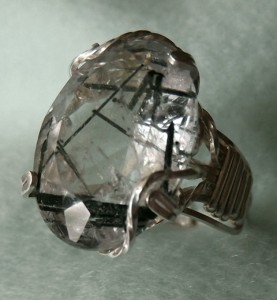 Gem Profile- Quartz with Inclusions Part 2
Gem Profile- Quartz with Inclusions Part 2
 Gem Profile- Aventurine
Gem Profile- Aventurine
 Gem Profile- Macrocrystalline Quartz
Gem Profile- Macrocrystalline Quartz
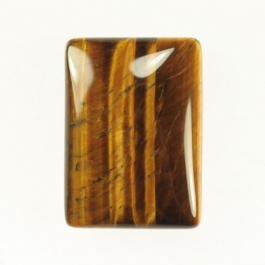 Gem Profile- Tiger Eye
Gem Profile- Tiger Eye
 Gem Profile- Fire Agate and Iris Agate
Gem Profile- Fire Agate and Iris Agate
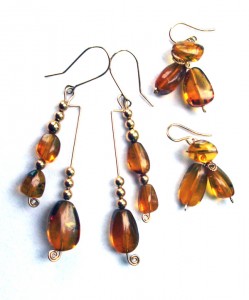 Gem Profile- Amber
Gem Profile- Amber
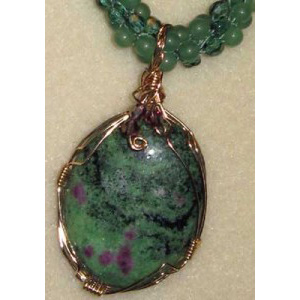 Gem Profile- Ruby Zoisite
Gem Profile- Ruby Zoisite
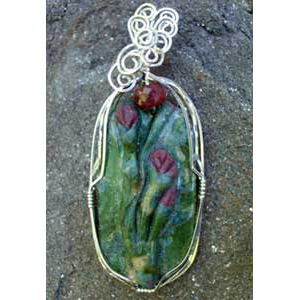 Gem Profile- Ruby Fuchsite
Gem Profile- Ruby Fuchsite
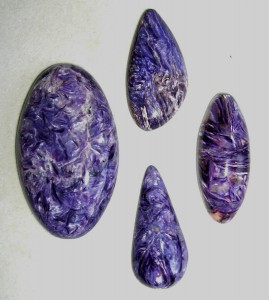 Gem Profile- Charoite
Gem Profile- Charoite
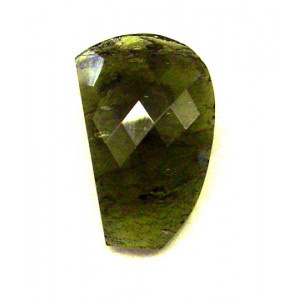 Gem Profile- Moldavite
Gem Profile- Moldavite
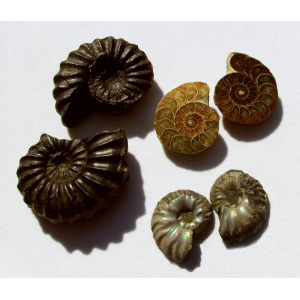 Gem Profile- Ammolite
Gem Profile- Ammolite
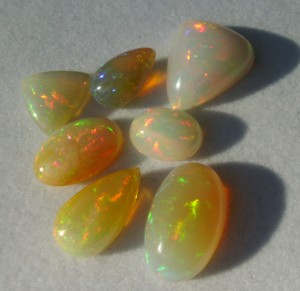 Gem Profile- White Precious Opal
Gem Profile- White Precious Opal
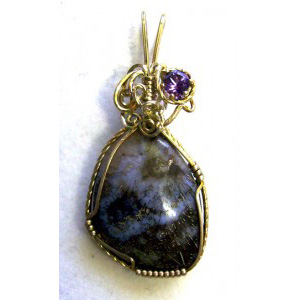 Gem Profile- Opalized Fossils
Gem Profile- Opalized Fossils
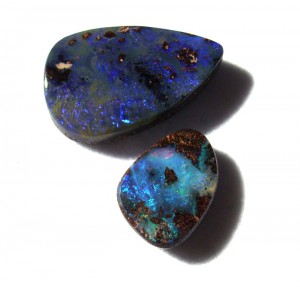 Gem Profile- Boulder Opal
Gem Profile- Boulder Opal
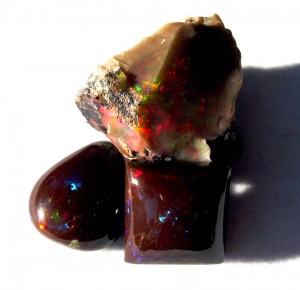 Gem Profile- Black Precious Opal
Gem Profile- Black Precious Opal
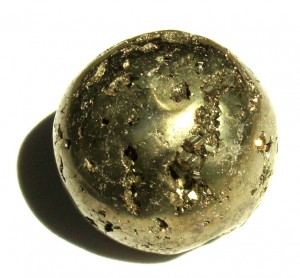 Gem Profile- Pyrite
Gem Profile- Pyrite
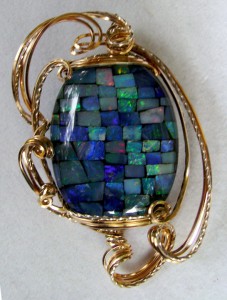 Gem Profile- Opal Introduction
Gem Profile- Opal Introduction
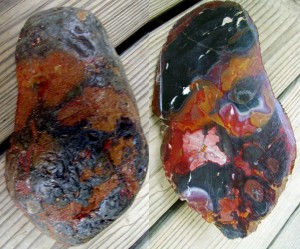 Gem Profile- Beautifully Colored Jasper
Gem Profile- Beautifully Colored Jasper
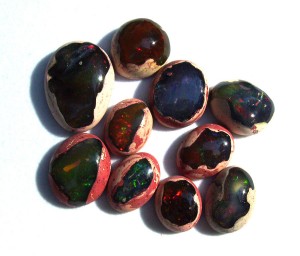 Gem Profile- Common Opal
Gem Profile- Common Opal
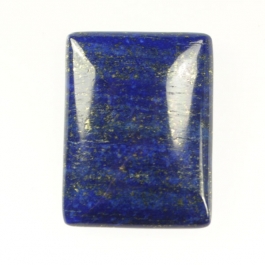 Gem Profile- Lapis Lazuli
Gem Profile- Lapis Lazuli
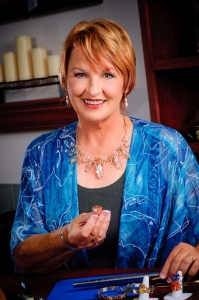 Wire Sculpture Expert Dale -Cougar- Armstrong Interview
Wire Sculpture Expert Dale -Cougar- Armstrong Interview

